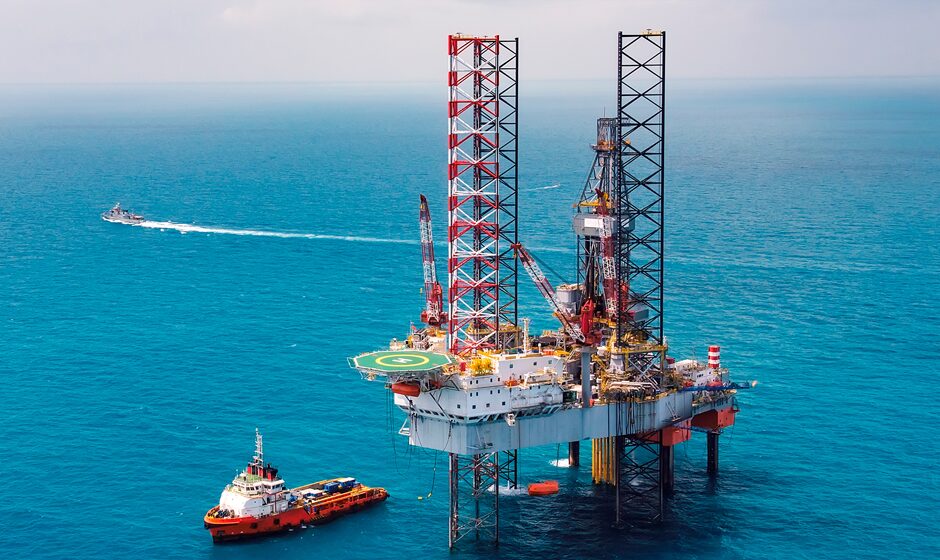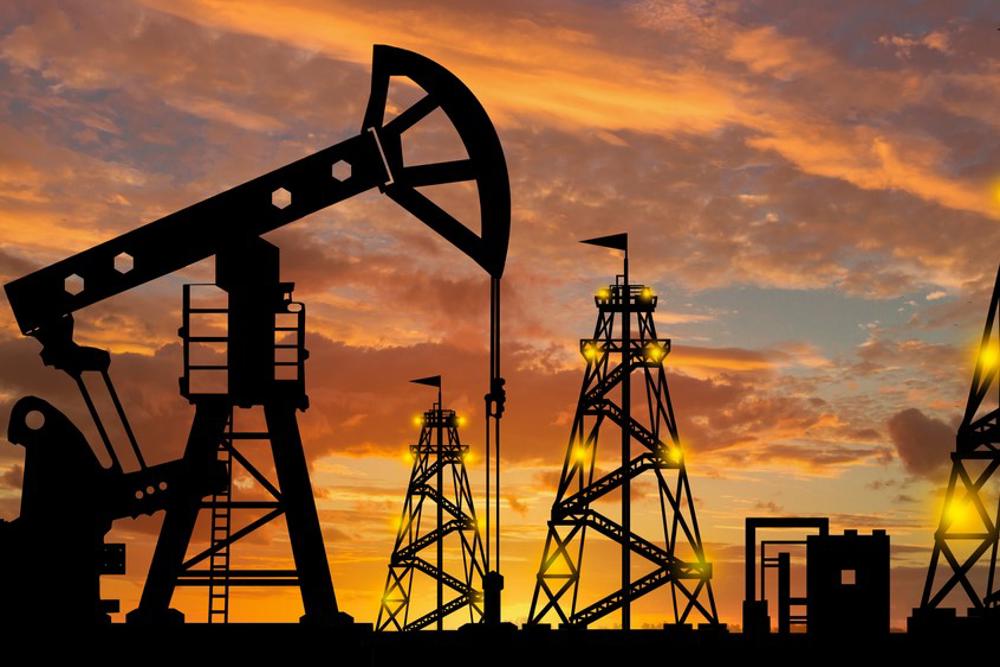
Last year, Woodside Energy and its partners agreed to quickly begin a concept select program for the Greater Sunrise natural gas project off Timor-Leste, after Woodside Chief Executive Meg O’Neill said the company would reassess its long-held view that piping gas from the field to the south coast of Timor-Leste was not viable.
Comprised of the Sunrise and Troubador gas and condensate fields, Greater Sunrise is located 150 kilometres south of Timor, and Woodside’s joint venture partners include majority owner Timor Gap (Timor-Leste’s national energy company) and the Australian arm of Osaka Gas.
The project holds gross contingent resources of 5.1 trillion cubic feet of dry gas and 225.9 million barrels of condensate and is expected to have a minimum production rate of 150 million standard cubic feet of gas per day.
Timor Gap has been majority owner since April 2019, when it finalised its acquisition of ConocoPhillips’ 30 per cent interest and Shell’s 26.5 per cent share in Sunrise through a US$650 million loan from Timor-Leste’s Petroleum Fund.
The concept select program will seek revised cost estimates and a better understanding of how new technologies may be utilised for the project, according to Woodside which owns a 33.44 per cent stake, as well as the socio-economic, capacity building, safety, environmental, strategic, and security benefits of the various options.
Parker Novak, non-resident Fellow with the Atlantic Council’s Global China Hub and Indo-Pacific Security Initiative, explained in an article published by the Lowy Institute last November that the Greater Sunrise gas field had come to dominate the conversation around economic development in the country.
He wrote: “Other oil and gas deposits in surrounding areas are being explored, but Greater Sunrise is the only one that holds concrete promise thus far. “It has the potential to generate tens of billions of dollars in royalties for the Timorese state, and to fill the gap being left by dwindling royalties from the country’s existing Bayu– Undan gas field, the productive life cycle of which will end this year and on which the Petroleum Fund has depended since 2006 for financial inflows.”
Previously, the Greater Sunrise partners had disagreed on several points, such as the initial destination for natural gas once production began. A key recent development was last year’s legislative reforms to the safeguard mechanism, which may have changed the economics of the project.
Timor Gap Chief Executive Officer Antonio De Sousa noted that the ease of securing approvals for gas projects in East Timor compared with the escalating difficulties in Australia should help persuade Woodside to build the multi-billion-dollar gas processing plant in Timor. He added that the costs of building an LNG plant in Timor- Leste could also be lower than previously estimated due to newer processing technology.
Project restart in wake of election
During his successful election campaign last year, Prime Minister Xanana Gusmao called for a restart of the Tasi Mane development project, reviving the government’s strategic development plan from 2011. According to the plan, the multi-year Tasi Mane development of three industrial clusters on the south coast will form the backbone of the Timor-Leste petroleum industry.
This will include the Suai Supply Base cluster, the Betano refinery and petrochemical industry cluster, and the Beaco LNG plant cluster. Timor Gap explained: “Without the Tasi Mane projects, there would be very scarce oil and gas economic activity taking place in the Timor-Leste territory and the country would benefit only from revenue sharing and taxes.
“When fully implemented, the Tasi Mane projects will not only benefit the petroleum industries but also provide opportunities for other sectors such as agriculture, forestry, fisheries and tourism to be developed on a much bigger scale as they will easily reach international markets. “The Tasi Mane projects will generate both direct and indirect jobs, which in turn will assist the government as we tackle unemployment issues, as well as encourage investment in our other young industries.”
Foreign Minister Penny Wong, on a visit to Timor-Leste after Gusmao’s election, promised to increase economic support, cooperate on Greater Sunrise, and to develop a respectful longterm relationship. Wong said: “That means listening carefully to your interests and priorities; that means being a partner who will support the sustainable growth of your economy and deliver the greatest wealth and security for your people – and avoiding the risks of unsustainable lending that have hobbled other countries.
“That is why Australia is so deeply committed to working with Timor-Leste to realise the development of Greater Sunrise.” Another factor in the calculus behind project economics is the development by Santos of the Bayu-Undan carbon capture and storage (CCS) project, which proposes the storage of carbon dioxide in the near-depleted reservoir.
As production winds down, the potential to generate new revenue streams from the CCS project is a key part of Timor- Leste’s overall development strategy to build a resilient industry and economy.
Initial projections show that demand for carbon dioxide storage at Bayu-Undan could be upwards of 10 million tonnes a year and suggest the project will be a relatively low-cost carbon solution, with costs expected to be within the Australian government’s proposed price cap on Australian Carbon Credit Units.
Timor’s government has entered a partnership with the International Finance Corporation (IFC) to ensure preparations for the CCS project in the Timor Sea meet global best practice while supporting the island nation’s greenhouse gas emissions mitigation efforts.
Florentino Soares Ferreira, President of Timor Leste’s National Authority of Petroleum and Minerals said: “This agreement with IFC will help to ensure that not only best practice is applied to this project but that the interest of Timor- Leste and its people are put first. “Our goal is to establish Asia Pacific’s first large-scale offshore multi-user hub infrastructure for receiving and storing carbon dioxide from multiple sources and industries.”
A final investment decision for Bayu-Undan CCS is targeted for 2025. Isabel Chatterton, IFC’s Regional Industry Director for Infrastructure in the Asia Pacific, said timely development by the government of appropriate legal and regulatory frameworks that aligned with international best practices was fundamental to enable the Bayu-Undan CCS project to proceed.
“IFC has a strong track record of successful cooperation with the government of Timor-Leste and hence it’s well placed to play the role of an honest broker and advisor by sharing knowledge, advocating for best practice environmental and social standards, and ensuring the robustness of the enabling environment for this project to eventually become a reality.”





